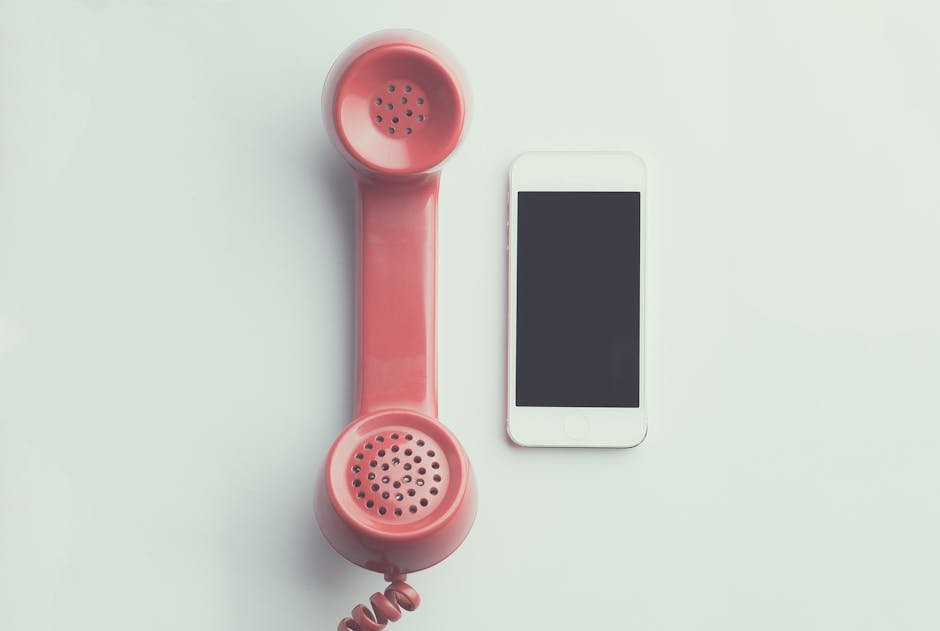Smartphones are everywhere today. They help us work, play, and stay connected. But not long ago, phones were big, heavy, and only made calls. This is the story of how smartphones have changed over time—and how they became such a big part of our lives.
The Beginning: Mobile Phones in the 1980s
Before smartphones, there were simple mobile phones. The first true mobile phone came out in 1983. It was called the Motorola DynaTAC 8000X.
This phone was huge. It weighed almost 2 pounds and was over 10 inches long. People joked that it looked like a brick. It could only make calls and store about 30 numbers. And the battery? It lasted just 30 minutes of talk time.
But even with its size and price (around $4,000!), people were excited. For the first time, you could talk to someone on the go. It was a glimpse of the future.
Shrinking Size, Growing Features: The 1990s
In the 1990s, mobile phones started to get smaller. Companies like Nokia, Ericsson, and Motorola began to lead the way.
These phones could do a little more. Some had basic games, like Snake on the Nokia 6110. Others let you send short text messages, also known as SMS. This was a big deal at the time.
One key shift during this decade was the move from analog to digital signals. This made calls clearer and more reliable.
By the late 1990s, phones also started to look a bit cooler. They had flip designs, bright colors, and even small screens for caller ID or texting.
The First “Smart” Phones: Early 2000s
As the new millennium arrived, phones began to change in big ways. They weren’t just for calling or texting anymore. These were the early “smartphones.”
In 2000, Ericsson’s R380 was one of the first phones to use the word “smartphone.” It had a touch screen and could run simple apps. But it still looked more like a phone than a computer.
BlackBerry was another early game-changer. These phones were popular with businesspeople. You could send emails, browse the web, and use a tiny keyboard.
At the same time, Palm and Windows Mobile phones let users do even more—like manage calendars, install apps, and edit documents.
But there was still one big problem: most of these phones were hard to use. The screens were small, the apps were clunky, and navigating menus could be confusing.
The Big Revolution: 2007 and the iPhone
Everything changed in 2007.
That year, Apple introduced the first iPhone. It looked and felt different from anything before it.
The iPhone had:
- A full touch screen (no keyboard)
- A sleek design
- A powerful browser
- Easy-to-use apps
Instead of buttons, you tapped and swiped. This made it more fun and natural to use.
Even though it was expensive at first, people loved it. It combined a phone, a music player, and an internet device in one.
Just a year later, Apple launched the App Store. Now, anyone could download apps for games, news, health, maps, and more. Developers could also create new apps. This made the iPhone even more powerful—and started the modern smartphone era.
Android Enters the Scene
Apple didn’t stay alone for long.
In 2008, Google released the first Android phone, the HTC Dream (also called the G1). Android was different. It was open-source, which meant many phone companies could use it.
Soon, phones from Samsung, LG, Motorola, and Sony joined the market. Android grew fast.
While the iPhone stayed premium, Android offered choices—both cheap and high-end. This helped millions of people afford smartphones.
By 2010, the smartphone market was booming. More people were getting connected every day.
Apps, Cameras, and More: The 2010s
The 2010s were a golden age for smartphones. Each year brought big changes.
Better Cameras
At first, phone cameras were low quality. But soon, they got better—fast.
Phones like the iPhone 4, Samsung Galaxy S3, and Google Pixel helped turn smartphone photography into a big deal. People started using phones instead of regular cameras.
Today, some phones have three or four lenses, zoom modes, and tools powered by artificial intelligence. You can take portraits, panoramas, and even 4K videos—all from your pocket.
App Explosion
From 2010 to 2020, millions of apps were created. Social media apps like Instagram, TikTok, and Snapchat changed how we communicate. Games like Candy Crush, Angry Birds, and Clash of Clans became global hits.
People used apps for fitness, banking, reading, shopping, and even learning languages. Phones became more than just phones—they became digital lifelines.
Bigger Screens, Thinner Bodies
Screens kept getting larger. Bezels (the borders around the screen) got smaller. Phones also became thinner and lighter.
The trend moved toward edge-to-edge displays and better resolution. By the late 2010s, phones looked like glowing slabs of glass.
Voice Assistants and AI
Siri, Google Assistant, and Alexa also arrived in the 2010s. These voice tools let users search, text, and control smart devices by speaking.
Behind the scenes, artificial intelligence (AI) began playing a bigger role. It helped with photos, battery use, suggestions, and translations.
Foldables and 5G: The 2020s
Now in the 2020s, smartphones keep evolving.
One exciting trend is foldable phones. These devices have flexible screens that can bend open like a book. When closed, they fit in your pocket. When open, they act like mini tablets.
Samsung’s Galaxy Z Fold and Z Flip are two popular examples. Other brands, like Huawei and Motorola, are also joining in.
At the same time, 5G networks are rolling out worldwide. These new networks offer faster downloads and smoother video calls. They also help power smart cars, remote surgery, and more.
What Comes Next?
Smartphones may soon look and work very differently. Here are a few things experts are watching:
1. Augmented Reality (AR)
Phones may start to blend real life with digital effects. You’ll be able to see directions, games, and information overlaid on your surroundings through your camera.
2. Eco-Friendly Phones
Many companies are trying to make phones with less waste. Some use recycled materials. Others offer easy repair tools, so you don’t have to throw a phone away when it breaks.
3. Wearables and Implants
Some believe that phones may disappear completely one day. Instead, smart glasses, watches, or even brain-computer links could replace them.
We’re not there yet—but the pace of change is fast.
How Smartphones Changed the World
The rise of smartphones has changed how we live in many ways.
Communication
We don’t just call or text anymore. We send videos, emojis, voice notes, and memes. Social media lets us talk to people across the world in real time.
Work and School
Phones let us check emails, join video calls, and access files anywhere. During the COVID-19 pandemic, smartphones became classrooms and offices for millions.
Health
Apps now track steps, heart rate, sleep, and more. Some even connect to smart medical devices. In some places, doctors use phones to treat patients remotely.
Travel and Navigation
No more printed maps! GPS on phones helps us find places, avoid traffic, and explore new cities.
Entertainment
Music, books, TV, games—everything fits in your pocket now.
In Other Words…
Smartphones have come a long way. From bulky bricks to sleek glass wonders, they’ve grown smarter, faster, and more useful with every passing year.
But most of all, they’ve changed how we live, work, and connect.
And while we can’t be sure what the next big leap will be, one thing is clear: smartphones are still evolving—and we’re all along for the ride.




